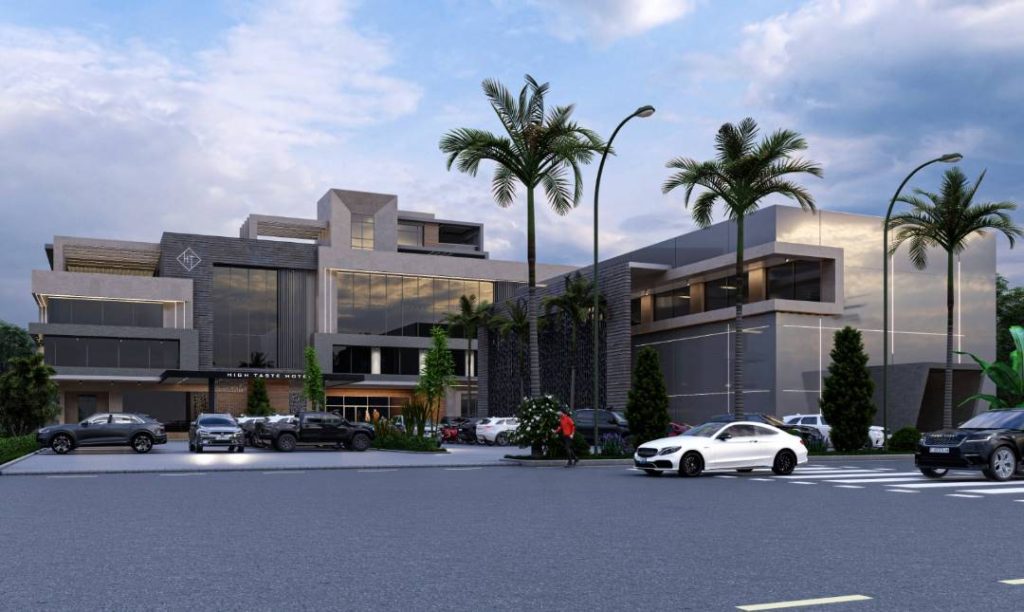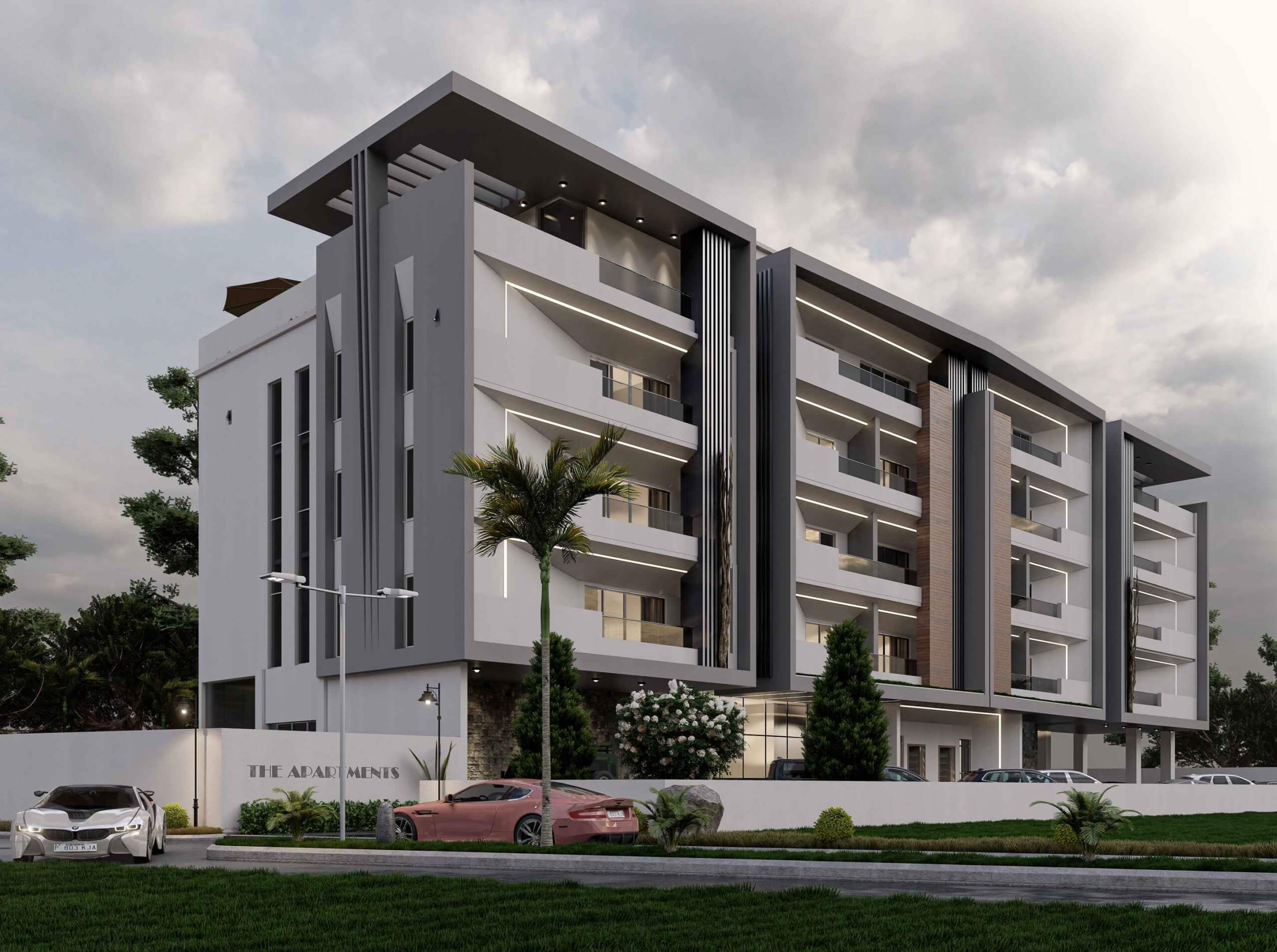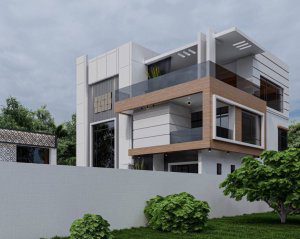

Universal Design: Universal design is the foundation of inclusive architecture. It involves designing spaces, products, and systems that can be used by people of all ages and abilities without the need for adaptation or specialized design. This includes features like wide doorways, ramps, and lever-style door handles.
Accessibility: Ensuring physical access is critical. This includes providing ramps, elevators, accessible restrooms, and clear pathways for individuals who use wheelchairs or have mobility challenges.
Sensory Considerations: Design should accommodate various sensory needs. This includes considerations for individuals with visual or hearing impairments, such as providing tactile signage and ensuring adequate lighting and acoustics.
Flexibility: Spaces should be adaptable to accommodate changing needs. This can involve modular furniture and flexible layouts that can be rearranged as necessary.
Color and Contrast: Using color and contrast effectively can aid individuals with visual impairments in navigating spaces. It’s important to ensure that signage, doorways, and pathways have appropriate color and contrast.
User Input: Inclusive architecture should involve input from a diverse group of users, including those with disabilities. Their experiences and insights can help identify specific needs and solutions.
Awareness and Education: Designers, architects, and builders should be educated on the principles of inclusive design to ensure that they are integrated into every stage of the project
Technology Integration: Utilizing modern technology, such as smart building systems and assistive devices, can enhance accessibility and usability for everyone.
Legal Compliance: Architects must adhere to accessibility laws and building codes that require certain standards for accessibility in public spaces.
Promoting Inclusivity: Inclusive architecture goes beyond physical design; it aims to create spaces that foster social inclusion and a sense of belonging for all individuals.
Inclusive architecture is not just about compliance with regulations; it’s about creating environments where everyone can fully participate and engage in society. It’s a holistic approach that promotes dignity, independence, and equal opportunity for all.




